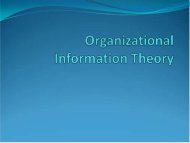Syllabus
Syllabus
Syllabus
You also want an ePaper? Increase the reach of your titles
YUMPU automatically turns print PDFs into web optimized ePapers that Google loves.
Creativity & Information Technologies ITEC 2961- Fall 2012<br />
The definitions and examples presented below are samples of types of academic<br />
dishonesty and are not to be construed as an exhaustive or exclusive list. The academic<br />
dishonesty policy applies to all students, undergraduate and graduate, and to scholarly<br />
pursuits and research. Additionally, attempts to commit academic dishonesty or to assist<br />
in the commission or attempt of such an act are also violations of this policy.<br />
Academic Fraud<br />
The alteration of documentation relating to the grading process. For example, changing<br />
exam solutions to negotiate for a higher grade or tampering with an instructor’s grade<br />
book.<br />
Collaboration<br />
Deliberate facilitation of academic dishonesty in any form. For example, allowing<br />
another student to observe an exam paper or allowing another student to “recycle” one’s<br />
old term paper or using one another’s work in a paper or lab report without citing it as<br />
another’s work.<br />
Copying<br />
Obtaining information pertaining to a graded exercise by deliberately observing the paper<br />
of another student. For example, noting which alternative a neighboring student has<br />
circled on a multiple-choice exam.<br />
Cribbing<br />
Use or attempted use of prohibited materials, information, or study aids in an academic<br />
exercise. For example, using an unauthorized formal sheet during an exam.<br />
Fabrication<br />
Unauthorized falsification or invention of any information in an academic exercise. For<br />
example, use of “bought” or “ready-made” term papers, or falsifying lab records or<br />
reports.<br />
Plagiarism<br />
Representing the work or words of another as one’s own through the omission of<br />
acknowledgment or reference. For example, using sentences verbatim from a published<br />
source in a term paper without appropriate referencing, or presenting as one’s own the<br />
detailed argument of a published source, or presenting as one’s own electronically or<br />
digitally enhanced graphic representations from any form of media.<br />
Sabotage<br />
Destruction of another student’s work. For example, destroying a model, lab experiment,<br />
computer program, or term paper developed by another student.<br />
Substitution<br />
Utilizing a proxy, or acting as a proxy, in any academic exercise. For example, taking an<br />
exam for another student or having a homework assignment done by someone else.<br />
6



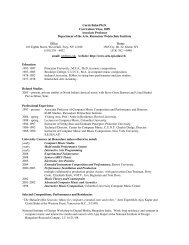
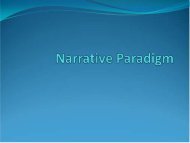
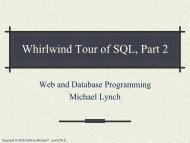
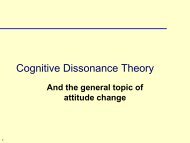
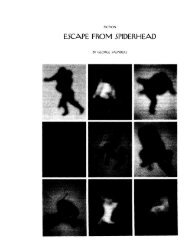
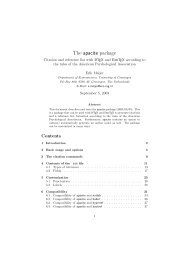
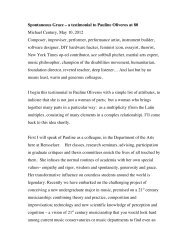
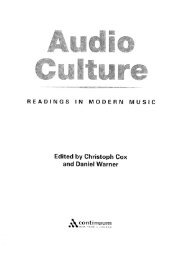

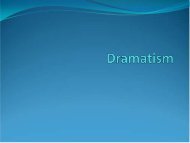
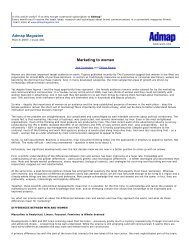
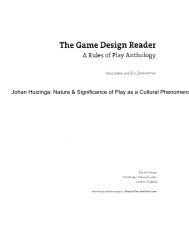
![The Game Design Document [.pdf]](https://img.yumpu.com/30117124/1/190x245/the-game-design-document-pdf.jpg?quality=85)
